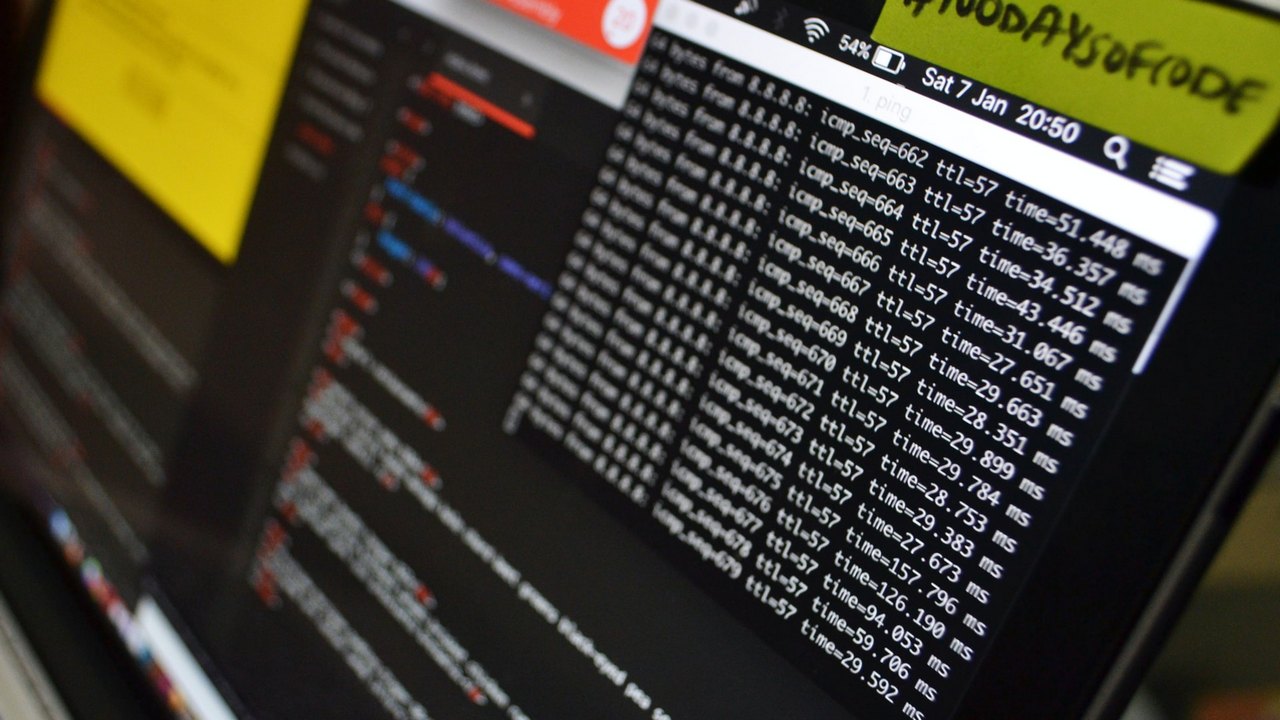IEEE Spectrum magazine, published by the renowned international IEEE, has published its sixth annual ranking of programming languages. According to the publication, they have made some changes in the internal logic of ranking languages, taking into account both the total number of projects, as well as the narrow specialization and popularity in their field of application.
This approach circumvents two fundamental obstacles to any attempt to determine the popularity of programming languages: first, no one can really look over the shoulder of every programmer around the world when they sit down to work, and second, a language that is the cornerstone of one area of programming may be completely irrelevant in another. Spectrum uses 11 metrics and data from 8 sources in its ranking. The publication then applies a number of weighting coefficients to process the results, which are optimized, for example, and for those readers who are looking for a new job, or for those who want to dive into a third-party open-source project. In other words, the ratios were created with the typical Spectrum magazine reader in mind, and so this ranking is somewhat different from its counterparts, so let’s see what they got.
Although the changes in the weighting factors mean that we have to be careful when directly comparing this year’s rankings with last year’s, the overall picture has not changed significantly: Python is firmly in the lead. Its popularity is due in no small part to the vast number of specialized libraries available, especially in artificial intelligence and machine learning, such as Keras, which is one of the most powerful deep learning solutions, providing interfaces for TensorFlow, CNTK and Theano. What’s interesting is that deep learning is not the only area where Python has established a superiority that could not have been predicted when the language was first released in 1991. The dramatic increase in microcontroller processing power has led to embedded versions of Python, such as CircuitPython and MicroPython, also becoming increasingly popular among manufacturers.
